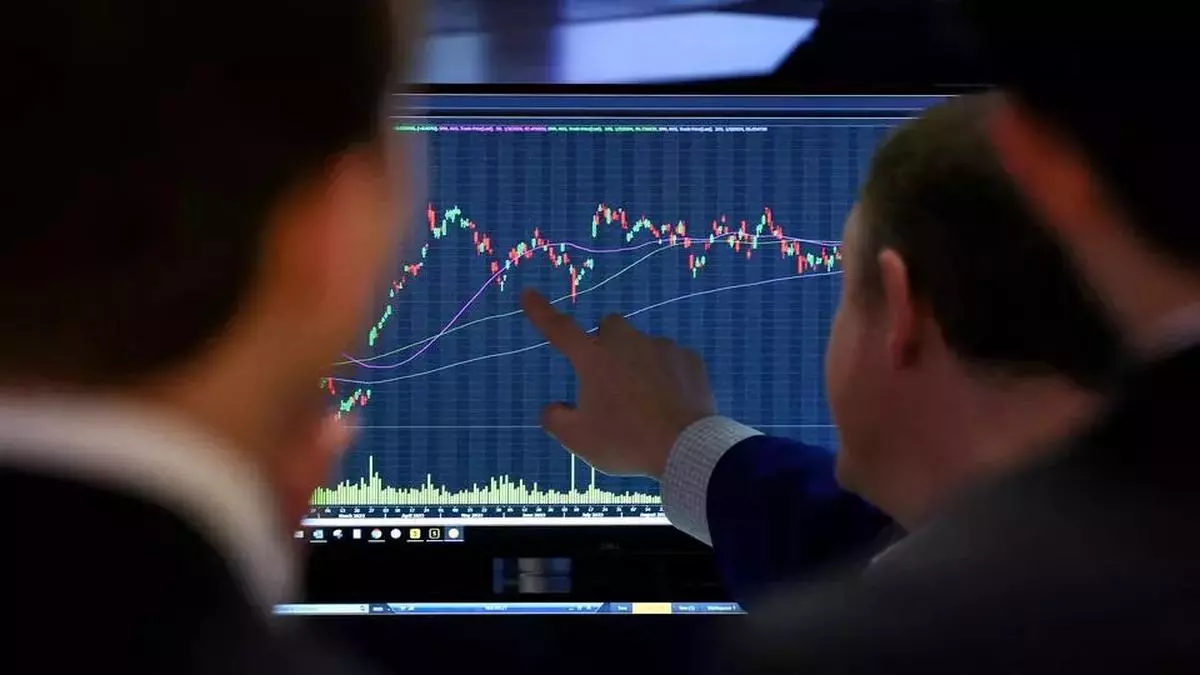With the stock market being a constantly evolving entity, it can be difficult to predict what will happen in the final moments of a trading day. However, with most of the price action already factored in, it is safe to say that the last 30 minutes of trading will primarily be a liquidity event.
First, let’s define what a liquidity event is. In simple terms, it refers to the volume of trading activity in a market and the ease with which assets can be bought and sold. In the context of the stock market, a liquidity event can occur when there is a sudden influx of buyers or sellers, resulting in a significant increase in trading volume.
Now, why do we say that the last 30 minutes of trading will primarily be a liquidity event? This is because by this time, most of the price action for the day has already taken place. Price action refers to the movement of a security’s price over a period of time. It is influenced by various factors such as supply and demand, news and events, and market sentiment. By the end of the trading day, most of these factors have already been accounted for and reflected in the price of a security.
This is not to say that there will be no movement in prices during the last 30 minutes of trading. However, any significant changes in price during this time will most likely be a result of a sudden increase in trading volume, rather than new information or events affecting the market. This is why we can expect the last 30 minutes to primarily be a liquidity event.
So, what does this mean for investors? For one, it means that the final moments of trading can be crucial in determining the overall direction of the market. It is during this time that we can see a surge in buying or selling activity, which can have a significant impact on the price of a security. This is especially true for day traders who are looking to capitalize on short-term price movements.
Additionally, a liquidity event in the last 30 minutes can also provide an opportunity for investors to enter or exit a position at a more favorable price. With increased trading volume, there is a higher chance of finding a buyer or seller at the desired price, making it easier to execute trades.
Furthermore, a liquidity event can also lead to increased volatility in the market. While this may be seen as a negative aspect by some, it can also present opportunities for investors to capitalize on short-term price fluctuations. With proper risk management strategies in place, volatility can be turned into a profitable opportunity.
It is also worth noting that a liquidity event in the last 30 minutes of trading is not a guarantee. There may be days when the market remains relatively stable during this time, with minimal changes in price. However, it is still important to be aware of the potential for a liquidity event and its impact on the market.
In conclusion, with most of the price action factored in, the last 30 minutes of trading will primarily be a liquidity event. This can have significant implications for investors, providing opportunities for profit and potential risks. It is important for investors to stay informed and be prepared for any potential market movements during this time. With proper research and risk management, investors can navigate the final moments of trading with confidence and potentially reap the rewards of a liquidity event.








